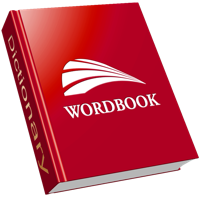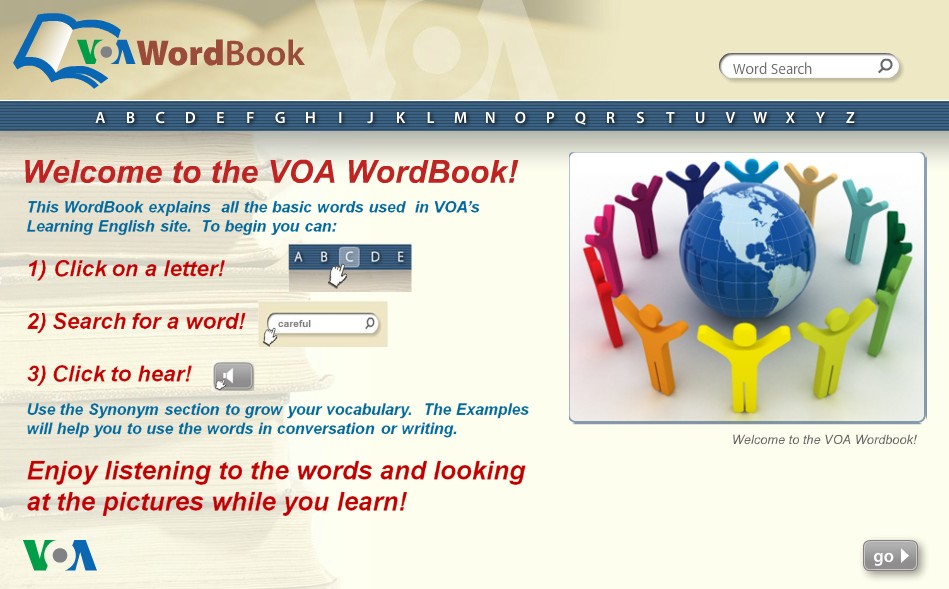

Image by the author.Īny automated content can be declared inside a pair of double curly brackets Īnd finally, we’ll render the report with our table of values and chart image: template.render(context) template.save('Automated_report.docx') ResultsĪnd there you go, an automatically generated Microsoft Word report with numbers and a chart created in Microsoft Excel. table values and images and declare them with variable names as shown below. Then all we need to do is to create placeholders for our automated content i.e. Now that we have our chart image generated, we must create a template document that is basically a normal Microsoft Word Document (.docx) formulated exactly in the way we want our report to look, including typefaces, font sizes, formatting, and page structure. Subsequently, you can iterate over all of the chart objects in the spreadsheet (if there are more than one) and save them in the specified location as such: for x, chart in enumerate(sheet_2.Shapes): chart.Copy() image = abclipboard() image.save(output_image, 'png') pass workbook_2.Close(True) operation.Quit() Microsoft Word Automation Then access the spreadsheet using the following method: operation = ("Excel.Application") operation.Visible = 0 operation.DisplayAlerts = 0 workbook_2 = (input_file) sheet_2 = operation.Sheets(1) First, we’ll declare the exact location of our Excel file and also where the output chart image should be saved: input_file = "C:/Users/./Book1.xlsx" output_image = "C:/Users/./chart.png" Now that we have generated our chart, we need to extract it as an image so that we can use it in our Word report. Initially, we’ll load an Excel workbook that has already been created (shown below): workbook = xl.load_workbook('Book1.xlsx') sheet_1 = workbookĪutomatically generated Excel spreadsheet.
#WORDBOOK XL APP INSTALL#
Go ahead and fire up Anaconda (or any other IDE of your choice) and install the following packages: pip install openpyxl pip install python-docx Microsoft Excel Automation Without further ado let’s create our very own automated pipeline.

It allows you to automate document generation by inserting text, filling in tables and rendering images into your report automatically without any overhead whatsoever. Python-docx is without exaggeration one of the simplest and most self-explanatory toolkits I have worked with ever since I started working with Python itself. If you haven’t already studied their documentation, then you should probably take a look. Python-docxĪnd then comes along Python-docx-this package is to Word what Openpyxl is to Excel.


Most importantly however, this package enables you to iterate over an endless numbers of rows and columns in Excel, thereby saving you from all that pesky number crunching and plotting that you had to do previously. Openpyxl allows you to populate rows and columns, execute formulae, create 2D and 3D charts, label axes and titles, and a plethora of other abilities that can come in handy. Armed with it you can read and write all current and legacy excel formats i.e. Meet Openpyxl, arguably one of the most versatile bindings in Python that makes interfacing with Excel quite literally a stroll in the park. There is in fact a way to create a pipeline in Python where you can seamlessly integrate the two to produce spreadsheets in Excel and then transfer the results to Word to generate a report virtually instantaneously.
#WORDBOOK XL APP MANUAL#
Namely, when you have a multitude of charts, figures, tables, and reports to generate, it can become an exceedingly tedious undertaking if you choose the manual route. While for the average daily purpose automation would not be solicited, there are times when automation can be a necessity. Oftentimes, not a week goes by without us firing up the combination of the two and one way or another putting their goodness to use. They are practically synonymous with the term ‘work’ itself.
#WORDBOOK XL APP SOFTWARE#
Microsoft Excel and Word are without a shred of doubt the two most abundantly used software in the corporate and non-corporate world.


 0 kommentar(er)
0 kommentar(er)
